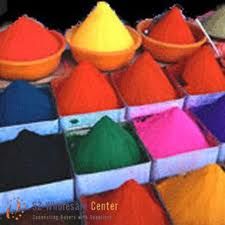





离岸价格
Get Latest Price( Negotiable )
|5 Kilogram Minimum Order
国:
India
モデル番号:
-
离岸价格:
( Negotiable ) Get Latest Price
ロケーション:
-
最低注文量の価格:
-
最低注文量:
5 Kilogram
パッケージの詳細:
As specified by the Customer
納期:
15 TO 20 Days
供給能力:
1000 Kilogram per Week
支払いタイプ:
T/T, L/C, D/A, D/P, Western Union, Money Gram
製品グループ :
-
India
連絡先担当者 Mr. NIMESH
203,Sangath Apartment,Shilpinagar,kalanala, Bhavnagar, Gujarat
| 国: | India |
| モデル番号: | - |
| 离岸价格: | ( Negotiable ) Get Latest Price |
| ロケーション: | - |
| 最低注文量の価格: | - |
| 最低注文量: | 5 Kilogram |
| パッケージの詳細: | As specified by the Customer |
| 納期: | 15 TO 20 Days |
| 供給能力: | 1000 Kilogram per Week |
| 支払いタイプ: | T/T, L/C, D/A, D/P, Western Union, Money Gram |
| 製品グループ : | - |